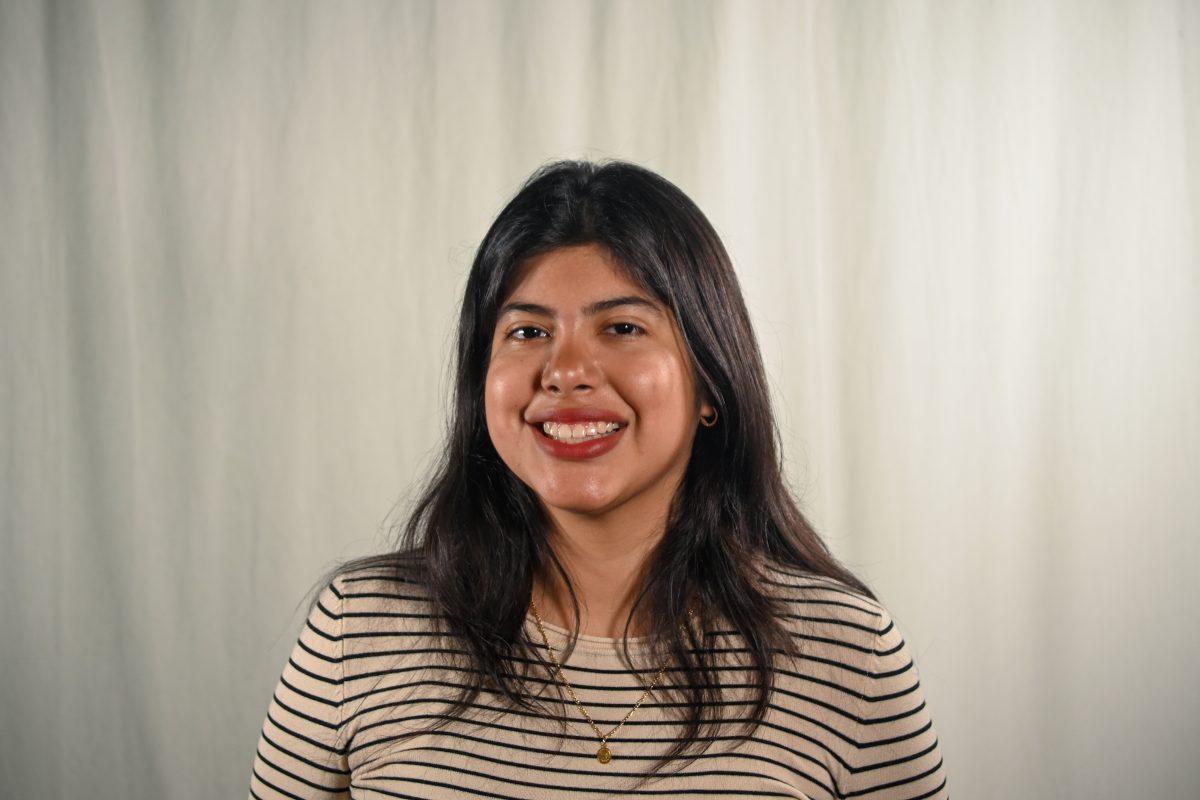In Latinx culture, love is viewed and expressed differently than in the U.S. Therefore, in some Latin American countries like Mexico, Ecuador and the Dominican Republic, Feb. 14 celebrates love in all of its forms: friendly, familial and romantic. However, in the U.S., this day mainly emphasizes romantic love, and it shouldn’t be like that. To change this, Americans should learn a few things from how Latinxs express love.
In fact, many Hispanic people refer to Valentine’s Day, or “El día de San Valentín” in Spanish, as “El dia del amor y la amistad” which translates to “the day for love and friendship.”
Growing up in Ecuador allowed me to experience Valentine’s Day from a different perspective, in which friendship and family play a significant part in the celebration as well as in every aspect of our traditions and customs. For example, I would send my friends and family letters wishing them a happy day of love and friendship.
However, Americans do not share the similar traits and demonstrations of affection towards friends and family as Latinx people, which can be attributed to their culture’s individualistic mindset. This should change, especially if it affects how a whole community perceives love.
One way Latinx culture expresses love differently than the U.S. is in our language. For example, “I love you” is one of the only phrases to express love to another person in English, but Spanish-speakers have “te amo” and “te quiero mucho.” Both expressions are used to communicate affection and love, but in different ways. When “te quiero” is often used to show fondness and would be a milder form of “I love you,” “te amo” is used to indicate a much stronger sense of love.
In general, Latinx culture is much more expressive than American culture; there is more hand holding, kissing and hugging — not only between lovers, but between friends too.
For instance, in most Latin American countries, cheek kissing is the universal gesture of greeting between two people, either friend or acquaintance. However, this is not a common greeting in the U.S.; I’d say it is even considered weird and strange. The first time I tried to greet someone with a kiss on the cheek after moving to the United States, the person walked away and looked at me with a “What the f— are you doing?” look. This not only shows that Latinx people are much more affectionate with each other, but that we tend to express our emotions very openly too.
More people should learn to see love as a universal characteristic that may be expressed in a variety of ways and to a variety of people. It is not limited to romantic love, and my experience growing up in a Latinx environment has always emphasized the idea that there is nothing wrong with expressing one’s feelings to those one truly cares about.
There are so many physical and mental benefits in showing affection and expressing our feelings, like reducing stress, boosting the immune system and even lowering blood pressure — it benefits the heart not just metaphorically, but literally. Americans should really start leaving that individualistic mentality behind and start having a more collectivist mindset, in which friendships and family play a far larger role in celebrations such as Valentine’s Day.
Ultimately, each culture has its own way of celebrating this day. However, I think we can all take away a lesson from how Latinx people celebrate Valentine’s Day: if we love someone, we should tell them or show them how much they mean to us. If Valentine’s Day is a day to celebrate love, then why don’t we start celebrating all kinds of love?














